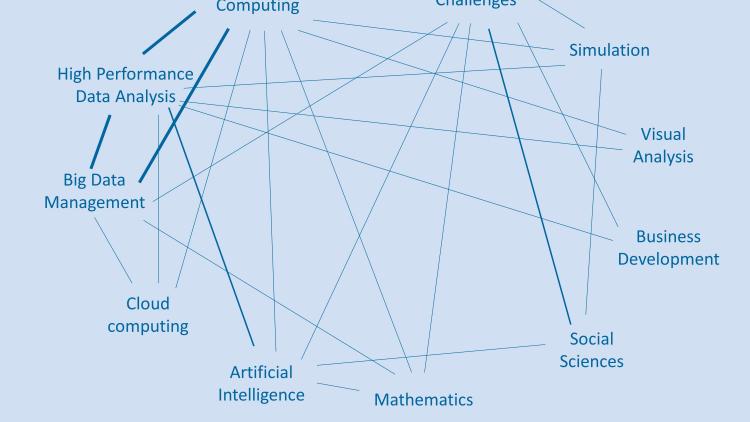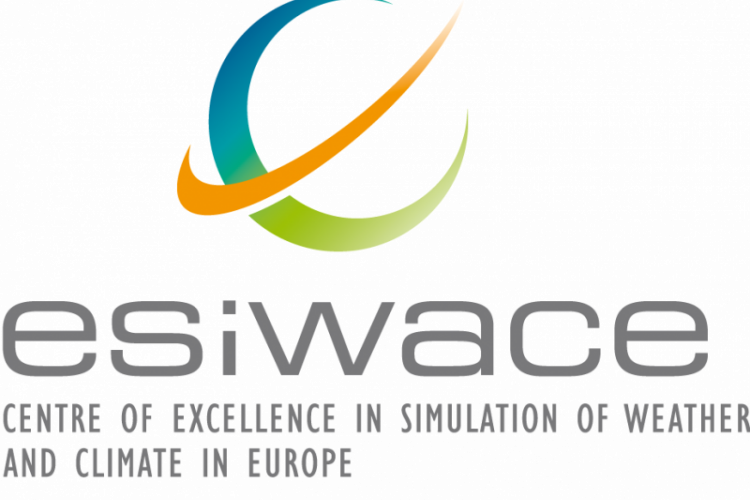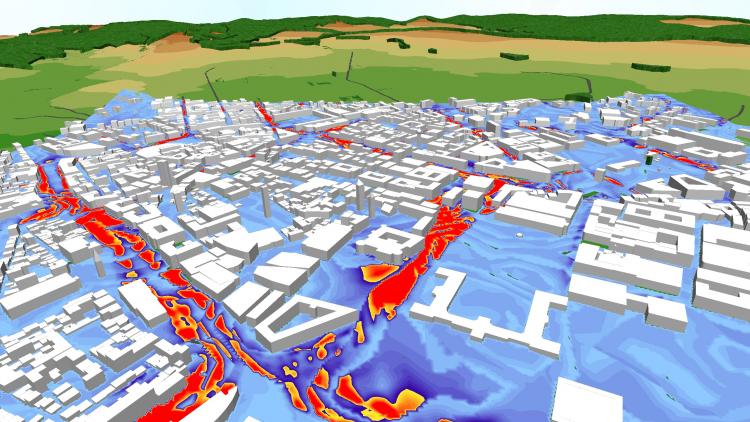How Policy Decisions Affect Refugee Journeys in South Sudan: A Study Using Automated Ensemble Simulations
Forced displacement has a huge impact on society today, as more than 68 million people are forcibly displaced worldwide. Existing methods for forecasting the arrival of migrants, especially refugees, may help us to better allocate humanitarian support and protection. However, few researchers have investigated the effects of policy decisions, such as border closures, on the movement of these refugees. Recently established simulation development approaches have made it possible to conduct such a study.






